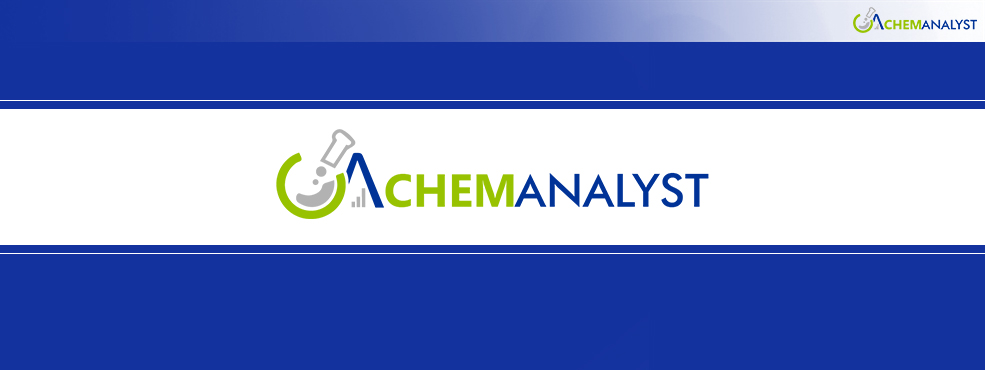Welcome To ChemAnalyst

New drilling results at Cangallo are significantly expanding the known copper-gold mineralization, with indications of a much larger system at depth and to the south, and plans for further drilling underway.
AusQuest Limited today announced highly encouraging assay results from the initial four Reverse Circulation (RC) drill-holes of its Stage 2 drilling program at the 100%-owned Cangallo Project in southern Peru. The results demonstrate a significant expansion of the porphyry copper-gold system, both laterally and at depth, reinforcing the project's potential as a major new discovery.
The first four of 13 planned RC drill-holes have returned multiple wide intercepts of copper-gold mineralization. Notable results include:
• 324 metres @ 0.30% Cu, 0.07ppm Au from 36m (CANRC012), including 160 metres @ 0.45% Cu and 0.09 ppm Au.
• 130 metres @ 0.23% Cu, 0.03ppm Au from 18m (CANRC009).
• 242 metres @ 0.16% Cu, 0.03ppm Au from 166m to EOH (CANRC009).
• 274 metres @ 0.19% Cu, 0.03ppm Au from 36m (CANRC010), including 18 metres @ 0.36% Cu and 0.06ppm Au.
• 124 metres @ 0.16% Cu, 0.04ppm Au from 18m (CANRC011).
• 126 metres @ 0.23% Cu, 0.03ppm Au from 226m (CANRC011), including 18 metres @ 0.31% Cu and 0.04ppm Au, and 32 metres @ 0.37% Cu and 0.04ppm Au.
Crucially, mineralization has been consistently intersected from near surface, with many drill holes ending in mineralization, suggesting a much larger mineralized system than previously understood. All copper intersections so far have occurred within volcanic host rocks or narrow tonalite dykes. The causative porphyry, which is typically associated with higher copper grades, has yet to be intersected, implying significant upside potential once located.
AusQuest's Managing Director, Graeme Drew, commented on the results, stating, "While it’s still early days, the latest results continue to support our view that AusQuest has made a significant porphyry copper-gold discovery at Cangallo. Whether this is one system or multiple porphyry systems remains to be seen – and can only be tested with further drilling." He added, "We are highly encouraged that copper continues to occur at shallow depths and is becoming more and more extensive the more we drill. The presence of narrow tonalite dykes containing higher copper grades is also encouraging, as it suggests that the causative porphyry – which we hope to find soon – will likely contain higher grades."
The Stage 2 RC drilling program, comprising 13 holes for approximately 5,000 meters, is expected to conclude by the end of July, with all outstanding assay results anticipated by the end of August. The current drilling has only tested a small fraction of the prospect area, and the possibility of multiple porphyry centers cannot be ruled out, with strong indications of further porphyry mineralization in the southern half.
We use cookies to deliver the best possible experience on our website. To learn more, visit our Privacy Policy. By continuing to use this site or by closing this box, you consent to our use of cookies. More info.
